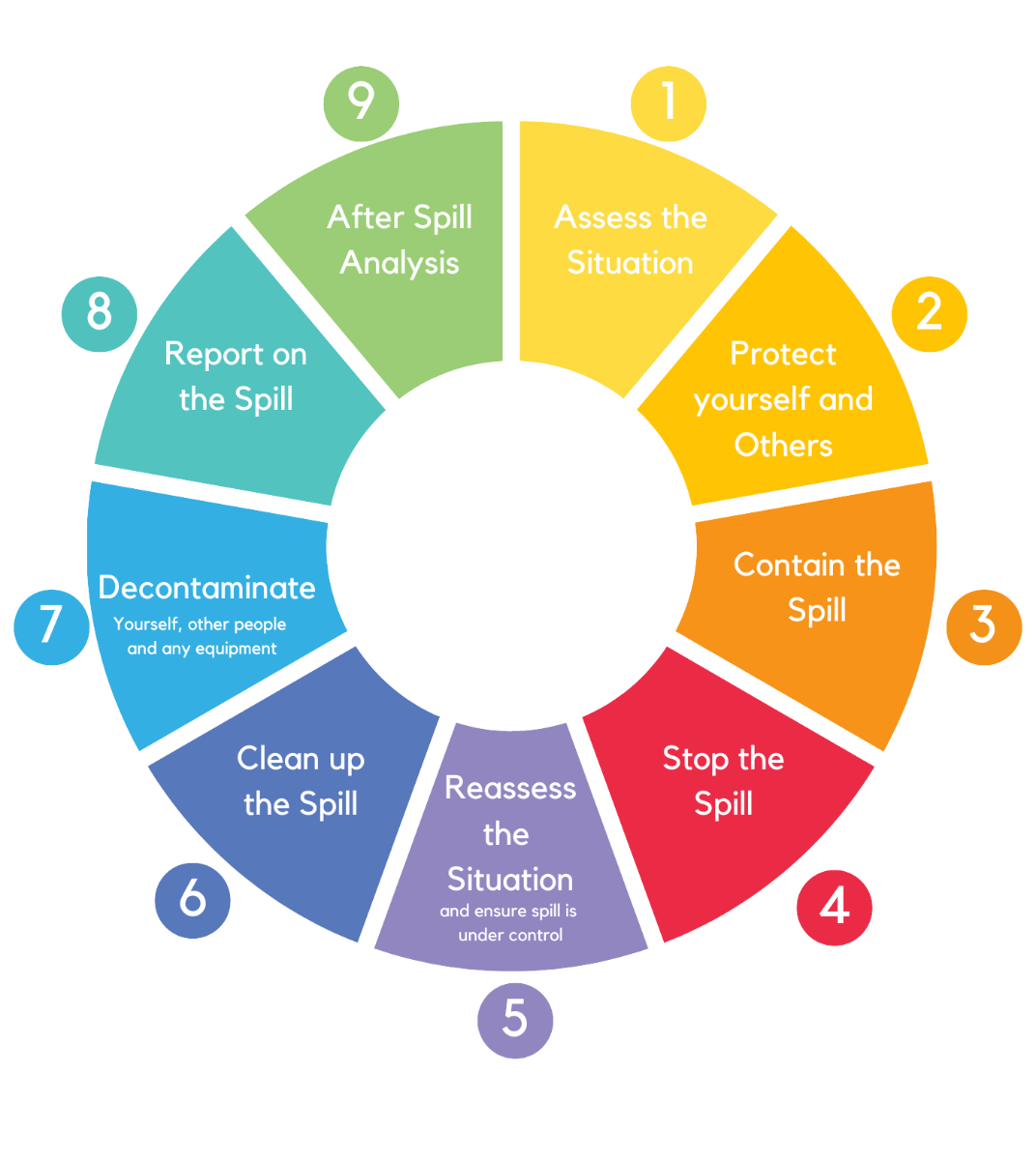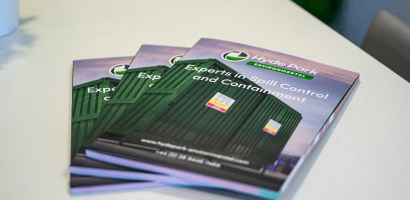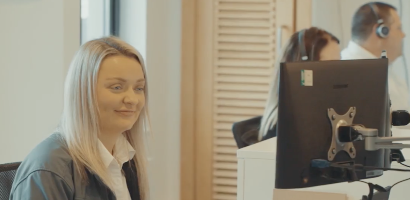Frequently Asked Questions
Got a question? The quickest way to answer it is to check if your question is covered below. If you can’t find your question on the list please contact us and we’ll be happy to help.
Ordering & Delivery
Where do you deliver to?
We can deliver worldwide however, preliminary ship to Northern Ireland, Ireland and the UK. For all addresses outside the UK and Ireland, please contact us for a quotation.
What are the delivery timescales?
We will do our utmost to deliver your order on the date specified, however, external factors which we cannot control may affect your order. We, therefore, cannot guarantee or accept liability for deliveries made outside of this timescale. Orders are dispatched subject to stock availability; if we are unable to dispatch any of the items ordered, within the quoted timescale, we will deliver your part order and inform you of any subsequent delay. We offer a variety of delivery options including free and express, please contact our team today for a quotation.
Can’t find the product you’re looking for or showing out of stock?
If the item you’re looking for isn’t available for purchase via the website, please contact our Sales Team and they’ll happily advise with an estimated restock date.
What happens if I’ve entered the wrong address?
We deliver to the exact address details you enter. Please check that you have given us the correct information before placing your order. We cannot accept liability for late, failed or missing deliveries due to an incorrect address. If you have provided us with an incorrect address, contact us as soon as possible so that we can inform our parcel carrier and update our system.
Can I track my order?
We are unable to offer online order tracking at this time; however, you can of course check the status of an order by phoning the Hyde Park Environmental team.
Can I amend or cancel my order?
It is only possible to amend or cancel an order that has not been despatched or customised. Please contact our team as soon as possible if an order needs to be modified.
Is there a returns / refunds policy?
HydePark will not accept the return of goods for any reason unless prior agreement has been approved from management. All requests for return of goods must be made in writing to HydePark within 48 hours of delivery. Goods returned for no reason will incur a handling charge of 30% of the goods value plus carrier costs. Goods must be returned in original packaging and fit for resale.
View refund policy: https://hydepark-environmental.com/refunds-policy
Product
What is a spill kit?
A spill kit is a collection of tools and materials used to contain and clean up spills. The contents of a spill kit depend on the nature of the substance that is likely to be spilled. The spill kit may contain absorbents, gloves, goggles, disposal bags, and other items necessary for responding to a spill. A well-stocked spill kit is essential for minimizing the risk of injury or environmental damage in the event of a spill.
What Spill Kit should I purchase?
It's important to choose the right spill kit for your needs, based on the types of liquids you work with and the potential hazards they pose. At Hyde Park Environmental, we can help you choose the right spill kit for your organisation and ensure that you have everything you need to manage spills safely and effectively.
Here are some of the most common types of spill kits:
Maintenance spill kits: These kits are designed to handle spills of non-aggressive liquids such as water, oils, and chemicals.
Oil spill kits: These kits are designed to handle spills of hydrocarbons, such as oils, fuels, and lubricants, but not water.
Chemical spill kits: These kits are designed to handle spills of aggressive chemicals, such as acids, bases, and solvents.
Hazmat spill kits: These kits are designed to handle spills of hazardous materials, including chemicals, biological agents, and radioactive substances.
Body fluid spill kits: These kits are designed to handle spills of bodily fluids, such as blood, urine, and vomit.
Marine spill kits: These kits are designed to handle spills that occur in water, such as oil spills.
Emergency spill kits: These kits are designed to handle large spills and are equipped with more extensive equipment, such as booms, absorbent pads, and disposal bags.
Why are spill kits important?
A spill kit is a collection of tools and materials used to contain and clean up spills. The contents of a spill kit depend on the nature of the substance that is likely to be spilled. The spill kit may contain absorbents, gloves, goggles, disposal bags, and other items necessary for responding to a spill. A well-stocked spill kit is essential for minimizing the risk of injury or environmental damage in the event of a spill.
How do I know what type of absorbent to purchase?
Please use our Selector Guide co-ordinate liquid to the correct absorbent.

What’s the contents of each spill kit?
It's important to choose the right spill kit based on the specific requirements of the industry or facility, as well as the type and quantity of hazardous materials being handled. Check out our Spill Kit Contents Chart below.



Storage
What is secondary containment?
Secondary containment can come in many different forms, it is typically used on-site as a second line of defence in the event of the primary container of a hazardous substance failing. It is intended to prevent, control or mitigate major hazards.
What if I have more than one type of hazardous substance which needs storing?
Remember the fundamentals of chemical storage: separate liquids from solids and flammables from non-flammables. Combustible solvents should be kept away from exits and doors. A room can’t have more than 50 litres of combustible substances in it at any given time. Make sure you only have access to the amount that you need daily and no more. Always keep flammable solvents away from oxidising, reducing and concentrated acids. Separate flammable solvents from all other compounds including chlorinated solvents, and oxidising substances. As far as possible, avoid unintentional mixing, as this might result in unexpected consequences!
What are the legal capacities for secondary containment?
It is a legal requirement in the UK to have adequate secondary containment and spill control in place. Currently the Control of Pollution (Storage) Regulations (2001) apply in England, and there is broadly similar legislation in Scotland, Wales and Northern Ireland. Typically, secondary containment must have a capacity of not less than 110% of the container’s storage capacity or, if there is more than one container within the system, of not less than 110% of the largest container’s storage capacity or 25% of their aggregate storage capacity, whichever is the greater.
Can I customise my storage unit?
Customisation of the storage units is absolutely an option, the optional extras usually include shelving, fire detection, lighting, heating, extraction systems, sprinkler systems and temperature control. Please speak with a member of our Sales Team for further information.
What is a hazardous substance?
A spill kit is a collection of tools and materials used to contain and clean up spills. The contents of a spill kit depend on the nature of the substance that is likely to be spilled. The spill kit may contain absorbents, gloves, goggles, disposal bags, and other items necessary for responding to a spill. A well-stocked spill kit is essential for minimizing the risk of injury or environmental damage in the event of a spill.
Miscellaneous
What is a hazardous substance?
A spill kit is a collection of tools and materials used to contain and clean up spills. The contents of a spill kit depend on the nature of the substance that is likely to be spilled. The spill kit may contain absorbents, gloves, goggles, disposal bags, and other items necessary for responding to a spill. A well-stocked spill kit is essential for minimizing the risk of injury or environmental damage in the event of a spill.
What is a Pollution Incident Response Plan?
A Pollution Incident Response Plan (PIRP) is a site-specific document that outlines the practices that should be implemented to reduce the likelihood of spillages occurring and if an accident does happen, how to effectively clean up the substance to ensure minimal damage.
Depending on the risk level of a spillage, it will influence the complexity and information required in your PIRP however, it MUST include:
- Emergency contact details
- Product inventory
- Site layout plan
- Drainage system plan
- Emergency procedure
- Incident report procedure
How do I respond to an emergency?
Every facility should have an effective spill response program to ensure no damage is caused to the environment. Stocking the appropriate spill response equipment and providing staff with comprehensive training ensures spill-readiness. Having the correct equipment, together with highly trained employees will result in total preparedness for a spill. View our Emergency Spill Response Procedure for first responders below:

What is spill kit training?
Spill kit training will depend on the size and scope of the operation and the potential danger of the hazardous substances on-site. It can be delivered at many different levels depending on the specific requirements of the business. At the most basic level, Spill Kit Training Courses are designed to ensure that an employee is trained to respond correctly to a spill incident using the appropriate equipment.
What is a compliance audit?
A spill kit is a collection of tools and materials used to contain and clean up spills. The contents of a spill kit depend on the nature of the substance that is likely to be spilled. The spill kit may contain absorbents, gloves, goggles, disposal bags, and other items necessary for responding to a spill. A well-stocked spill kit is essential for minimizing the risk of injury or environmental damage in the event of a spill.
Are risk assessments a legal requirement?
A spill kit is a collection of tools and materials used to contain and clean up spills. The contents of a spill kit depend on the nature of the substance that is likely to be spilled. The spill kit may contain absorbents, gloves, goggles, disposal bags, and other items necessary for responding to a spill. A well-stocked spill kit is essential for minimizing the risk of injury or environmental damage in the event of a spill.
What are the safety sign regulations in the UK?
Safety signs are easily recognisable graphic labels. They are designed to warn of hazards, indicate instructions, indicate required use of Personal Protective Equipment (PPE), prohibit actions or objects, highlight the location of safety equipment or first aid areas, fire notices and marking exit routes.
What does COSHH mean?
COSHH stands for ‘Control of Substances Hazardous to Health’. It is a public-health regulation aimed at reducing the dangers caused by hazardous substances. The scope of "substances hazardous to health" as defined by the HSE is wide. It includes substances that are classified corrosive, poisonous, irritant, hazardous or toxic. These can take many forms and include:
- chemicals
- products containing chemicals
- fumes
- gases and asphyxiating gases
- germs that cause disease
What other products do you offer?
We offer a wide variety of spill containment solutions to ensure customers are equipped with top-of-the-line products to protect themselves, their business and the environment. We supply spill kits, absorbents, bunded storage units, spill containment and workplace safety equipment.
Accounts & Security
What information do we collect?
In running and maintaining our website we may collect and process the following data about you:
- Information about your use of our site such as the date and time of access, pages viewed or searches, services used, referrals made and other information relating to your browsing activity on our website.
- Information provided voluntarily by you, for example, when you register for information or make a purchase. Such information includes your name, contact information such as email address, mailing address and telephone number, and demographic information such as postcode, preferences and interests.
- Information that you provide when you communicate with us by any means.
You will also be asked to provide information about yourself when you use certain facilities of our website such as requesting a catalogue, registering your account and contacting us.
What do we do with collection information?
- Internal record keeping
- To develop and deliver services and information that better meet your needs
- To provide you with the specific information, product or services that you request from us
- We may periodically send promotional emails about new products, special offers or other information which we think you may find interesting, where you have consented to be contacted for such purposes
- From time to time, we may also use your information to contact you for market research purposes. We may contact you by email, phone, fax or mail. We may use the information to customise the website according to your interests
- To inform you of any changes to our website, services or goods and products.
Explore our other resources in our Knowledge Centre
We're Here to Help

Book a Site Survey
Schedule a site survey for spill containment to ensure compliance and safety. Our experts will assess your site and recommend tailored solutions to prevent and manage spills effectively.

Get a Quote
Requesting a quote is the easiest way to explore pricing and secure exclusive discounts on our wide range of top-quality spill control and containment products.

Get in Touch
Have questions about spill control or need assistance choosing the right solution? Get in touch with our team for reliable support and expert guidance tailored to your spill containment needs.
